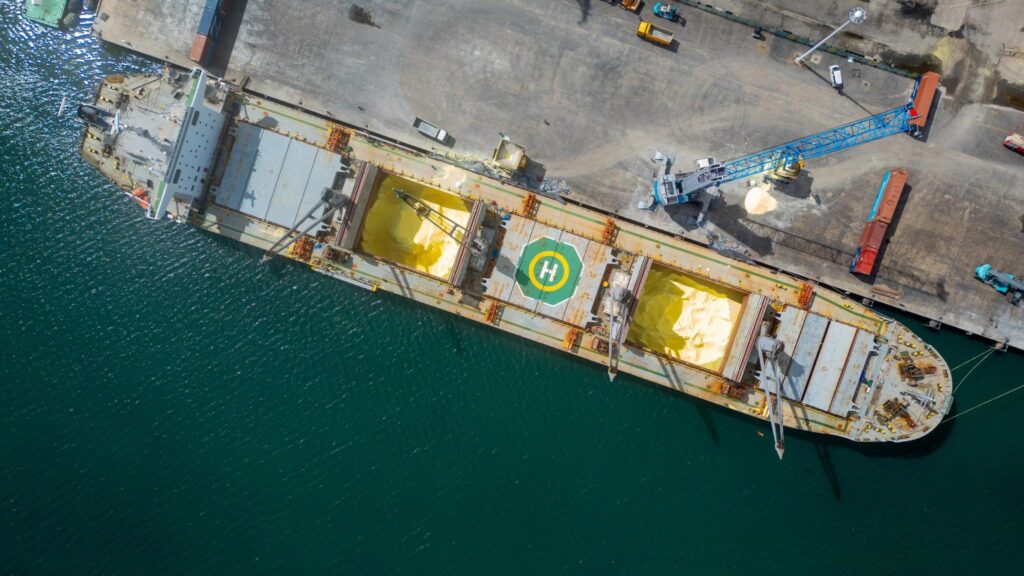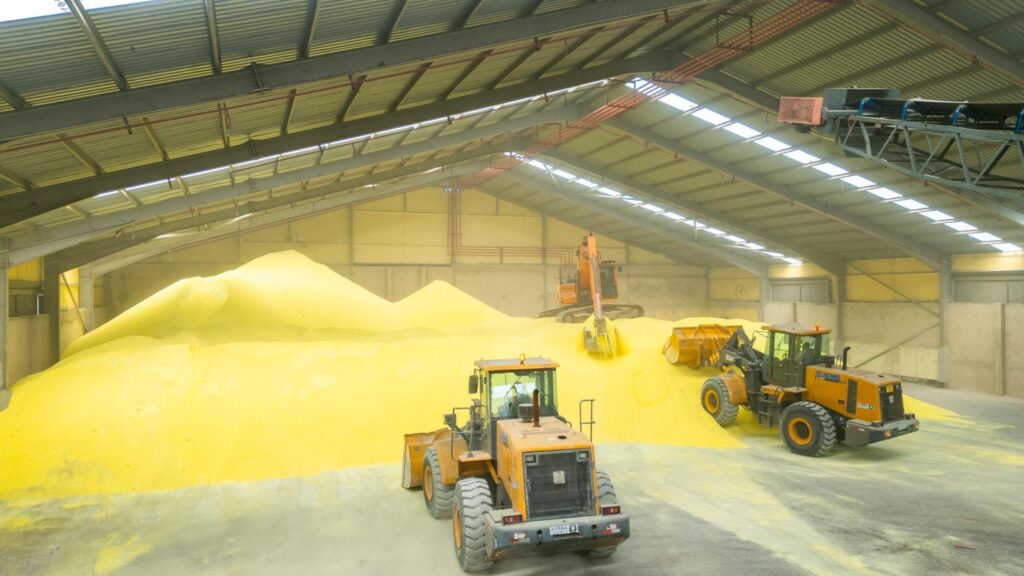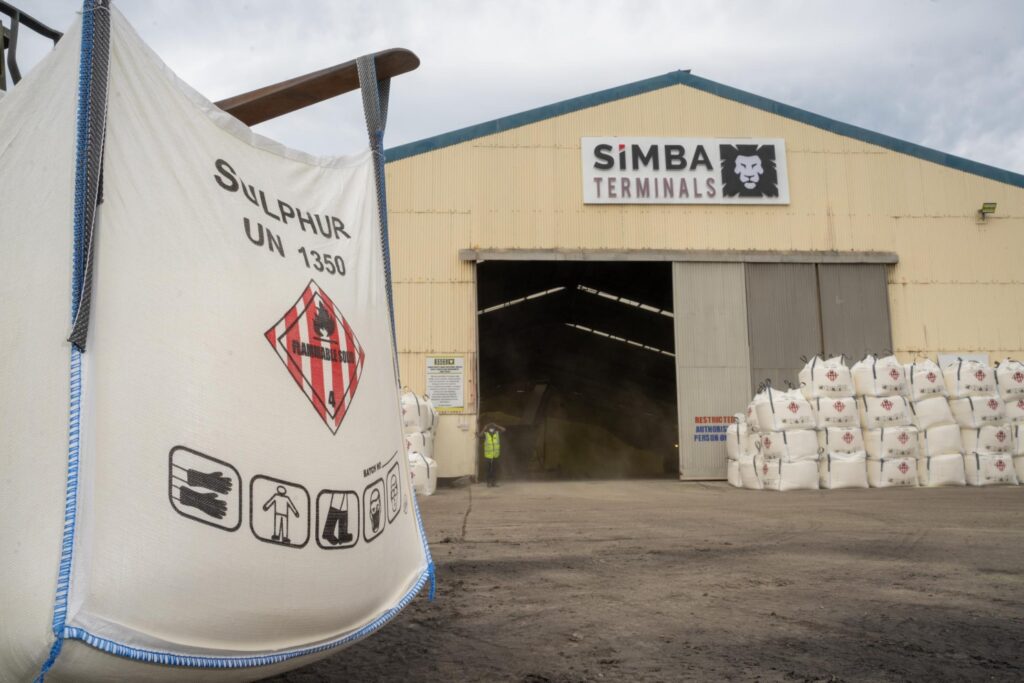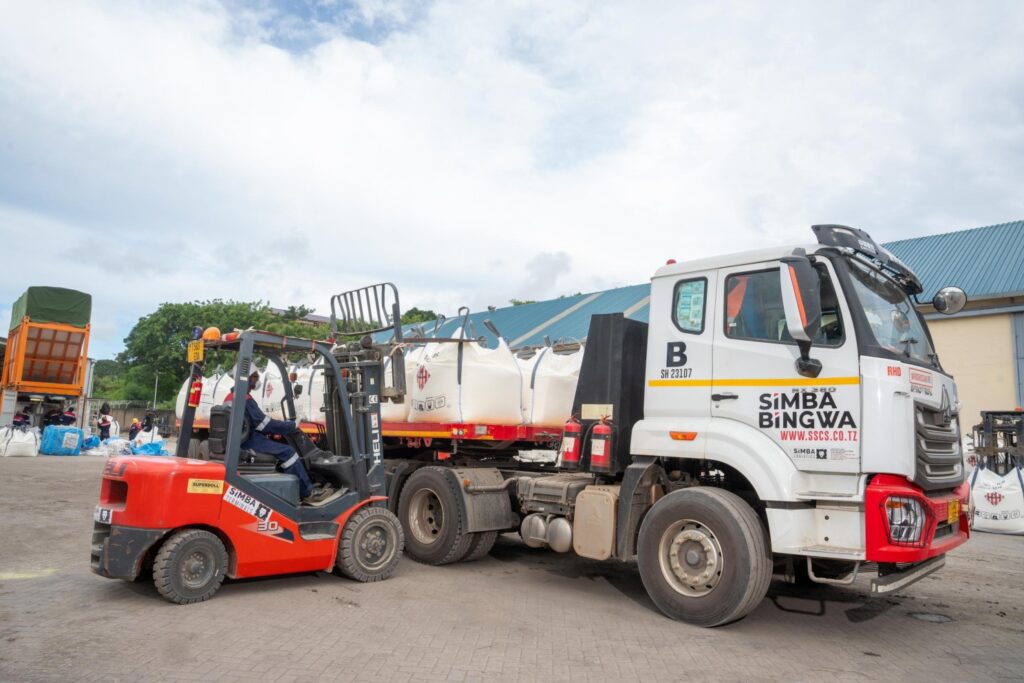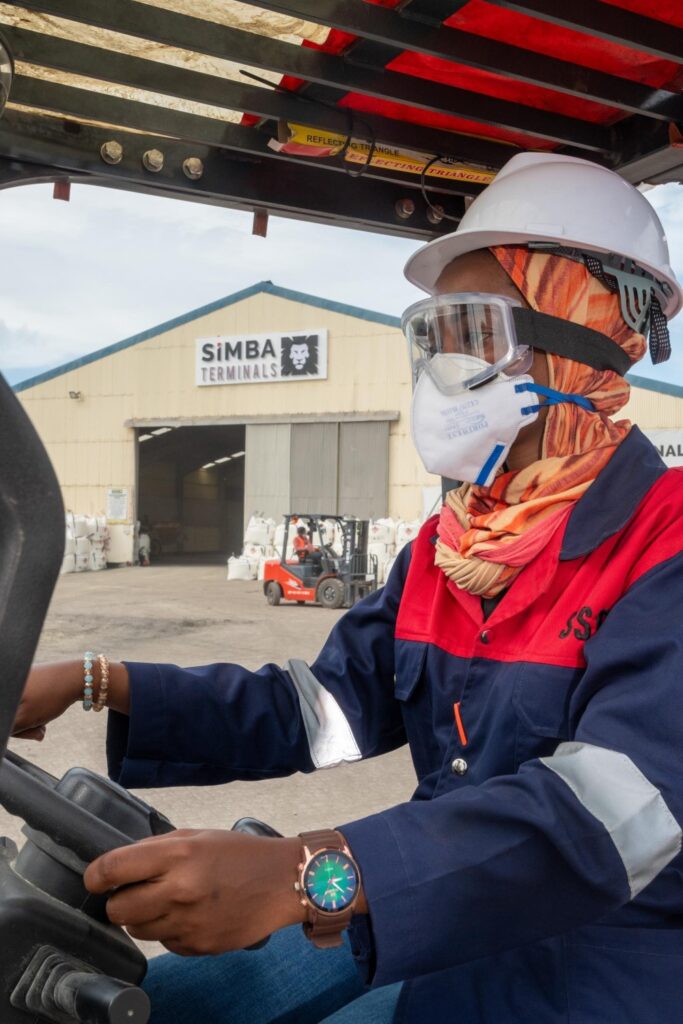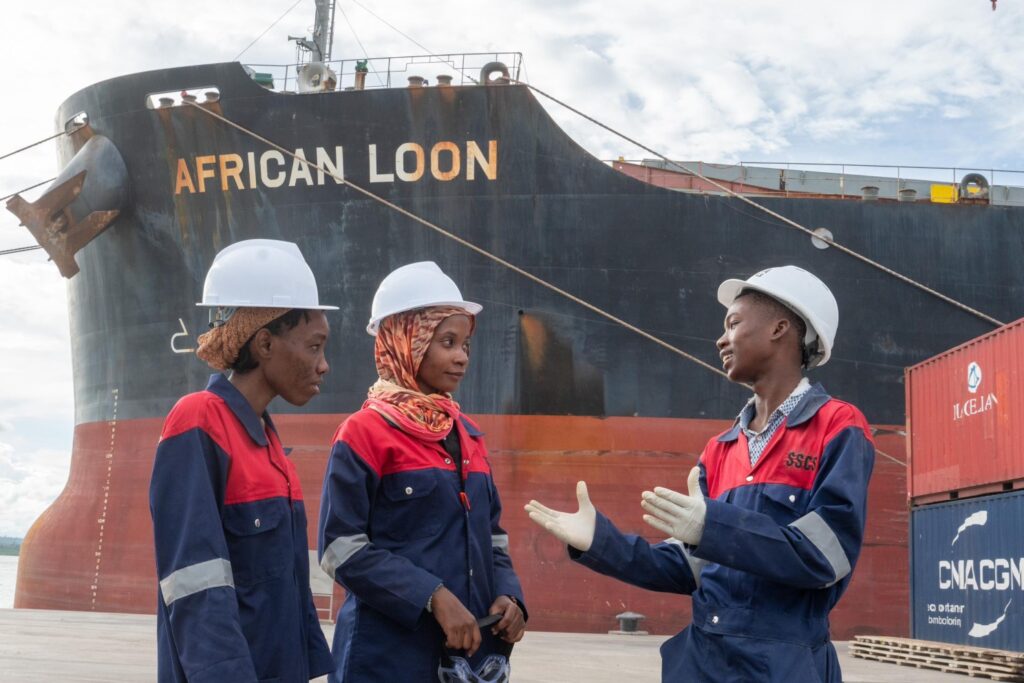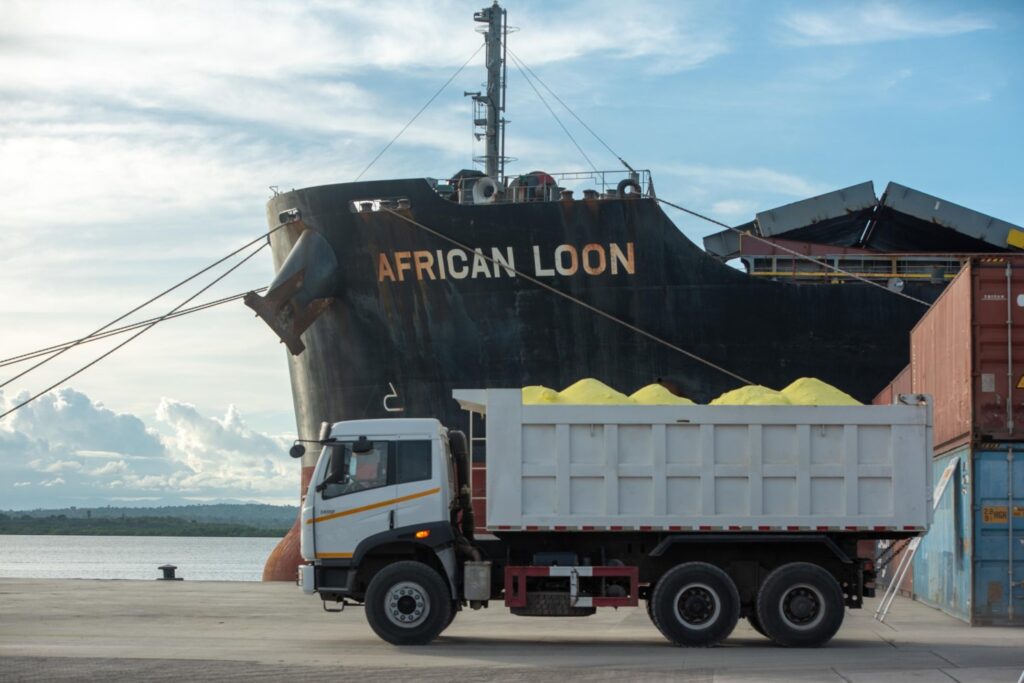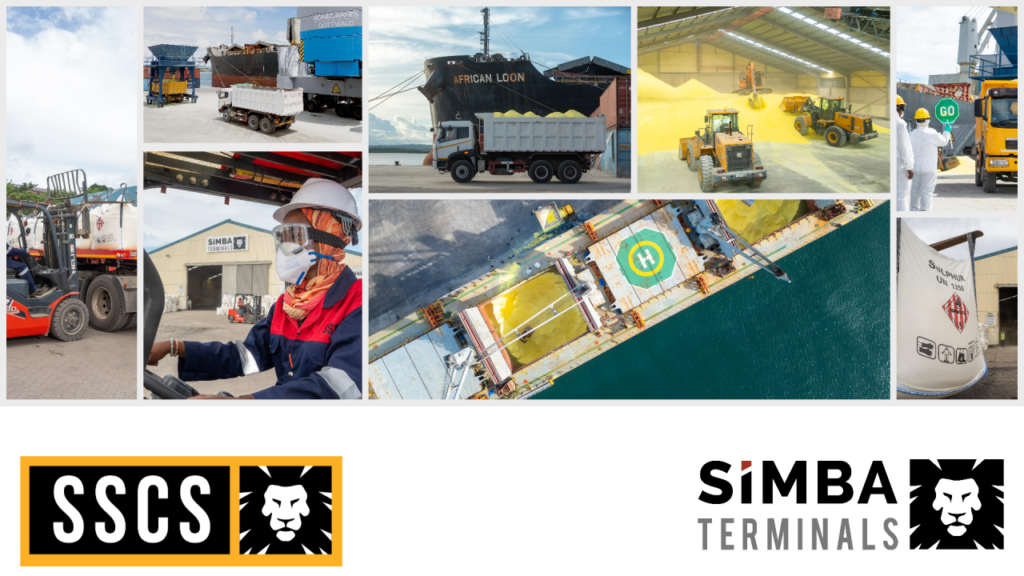Developing a new supply chain corridor requires a lot of coordination. The aim is to craft a sustainable solution that maximizes the value chain for both maritime and land-side logistics stakeholders, as well as the consignors and consignees of the goods.
Such an effort must begin by a sense of purpose and clearly understanding the problem one is trying to solve. Subsequently, it’s imperative to validate the genuine impact the investment will make in resolving the problem. In our scenario, the focal point is the truck drivers navigating Tanzanian roads on their route to the DR Congo, facing uncertainties about their return due to supply chain disparities.
Since 2008 until the present day, SSCS (Simba Supply Chain Solutions) has been deeply involved in navigating through the challenges of imbalanced supply chains. In 2016, recognizing the need for change, SSCS initiated collaboration with TPA (Tanzania Ports Authority) and other governmental bodies, alongside regulatory authorities.
The Commodity – Granulated Sulphur
The initial step involved conducting market research into the Congolese Copper markets. This analysis revealed a significant demand for Granulated Sulphur, a crucial mining input. The abundant availability and demand of this commodity presented an opportunity to substantially improve the supply chain dynamics. By prioritizing Granulated Sulphur as the baseline commodity, the aim was to establish a front haul capacity that could facilitate the transportation of highly valued metals like Cobalt and Copper on the backhaul leg, thus streamlining their journey to international markets. This strategic selection formed the foundation for optimizing the supply chain corridor.
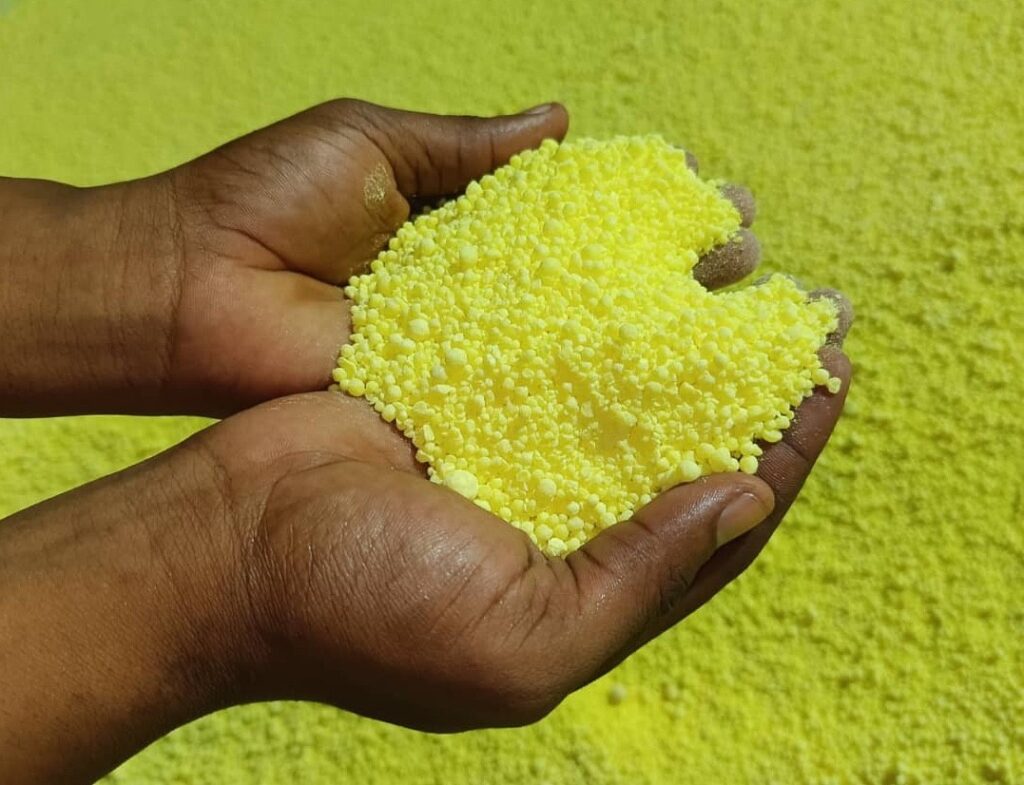
The Port – Tanga Port
After carefully selecting Granulated Sulphur as our baseline commodity, we conducted a meticulous evaluation of maritime options within Tanzania. Following thorough consideration, we determined that the port of Tanga stood out as the optimal choice. Tanga port served as the pivotal point for a journey originating from the Middle East and culminating in the heart of the Congolese Copperbelt. This strategic decision underscored Tanga’s significance as a key hub in facilitating the efficient movement of goods along the envisioned supply chain corridor.
The decision to opt for Tanga port was bolstered by its favorable attributes, such as its strategic location, robust infrastructure readiness, and promising prospects for future growth. Additionally, Tanga possessed a competitive advantage with its lower congestion levels and reduced shipping traffic compared to other ports in the region. These compelling factors, combined with our unwavering commitment to optimizing the supply chain, solidified Tanga as the cornerstone of our corridor development efforts.
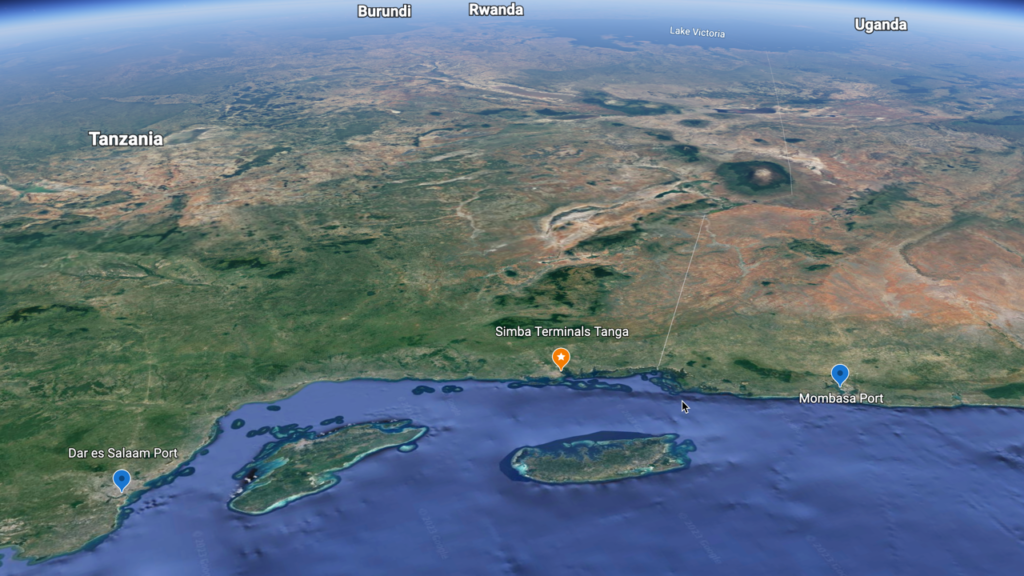
The Laws – Deregulation and Advocacy
The initial phase of our engagement involved collaborating with regulators such as the National Environmental Management Council (NEMC) to conduct Environmental Impact Assessments (EIA). This assessment aimed to determine the potential environmental impact of transporting chemicals through Tanga Port and the broader Tanga Region, with a focus on minimizing any adverse effects.
Concurrently, we worked closely with the Government Chemist Laboratory Agency (GCLA) to develop regulatory frameworks ensuring the safe and efficient handling of such chemicals within Tanzanian ports and land corridors. Additionally, we negotiated concessionary tariff reductions based on shipment volumes, while aligning with the government’s overarching framework.
Subsequently, the Tanzania Revenue Authority (TRA) was engaged to interpret and implement regulations outlined in the East African Community – Customs Management Act (EAC-CMA). This collaboration aimed to facilitate the smooth and efficient flow of transit volumes through Tanzanian ports and corridors, ensuring compliance with regional customs regulations.
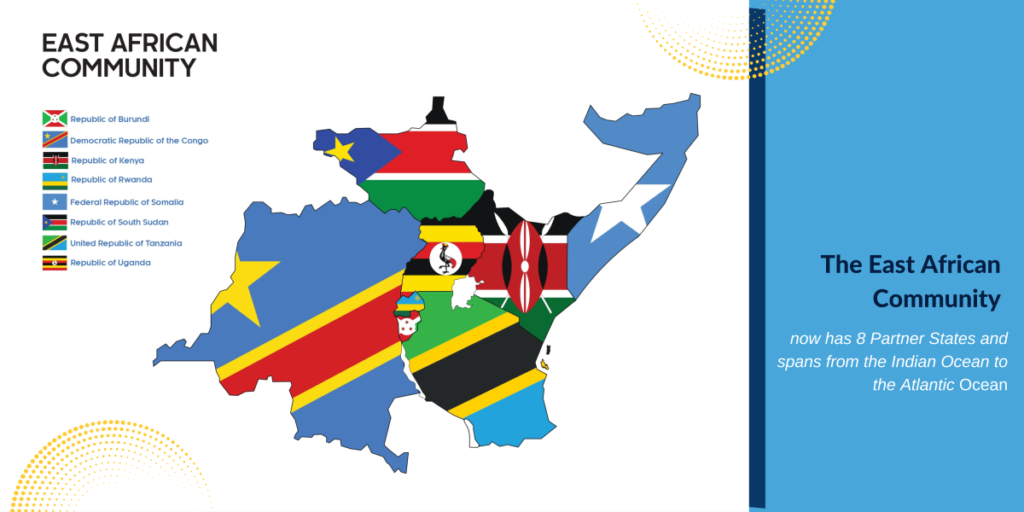
The Public Investment – Tanga Port
After gaining traction and creating enough advocacy in the halls of the central government, the Tanzania Ports Authority (TPA) now had enough of a compelling reason to begin the heavy capital investment at Tanga Port that included expanding the entrance and exit channels for ships, expanding the draft at the turning basin, and expanding two berths to a width of 450 meters to allow larger vessels dock at Tanga Port.
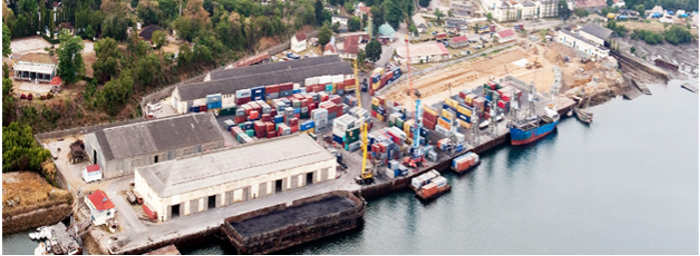
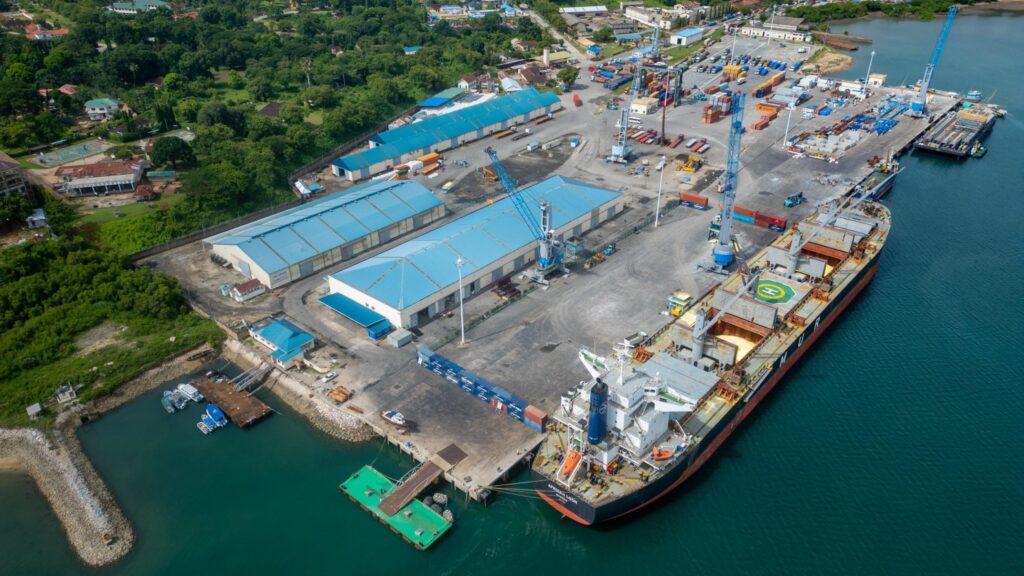
Read the full article about TPAs expansion here
First Movers – Ammonium Nitrate (ANE)
Upon successfully aligning government institutions and completing the necessary physical investments at Tanga Port by TPA, SSCS welcomed our first customers in this new supply chain endeavor, focused on the transportation of Ammonium Nitrate (ANE). These customers were grappling with frustrations stemming from delays at Beira Port, Mozambique, which resulted in high costs and shipment delays for raw materials intended for various mines in the region.
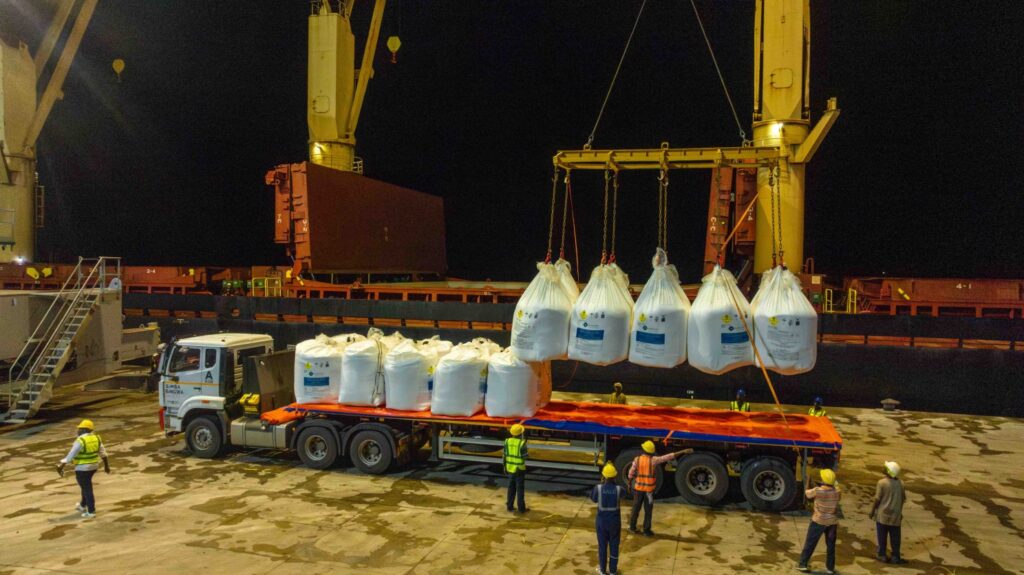
The Private Sector – Alignment of Players
Indeed, while aligning government interests and investments into establishing a new supply chain corridor posed significant challenges, the true test emerged in convincing private sector players to embrace the change. Contrary to the assumption that indecision and bureaucracy are traits solely of governments, the private sector presented its own complexities.
Traders often expressed agreement but encountered resistance from end consignees who perceived the transition as risky. Conversely, if consignees were on board, ship charterers would object to docking at a new port. Even when consensus seemed within reach, consignors would sometimes raise objections, complicating the process further. Additionally, insurance companies and bankers were not exempt from raising their own concerns and objections.
Navigating through these multifaceted challenges required a delicate balance of negotiation, persuasion, and problem-solving to address the varied interests and concerns of all stakeholders involved in the supply chain.
The Market Forces – Time Wasted is Money Wasted
In conclusion, what ultimately dictated the success of a supply chain is not a government, a trader, a consignor, or any other entity, but rather the market itself. Faced with bottlenecks in existing corridors, market forces compelled stakeholders to recognize that the most valuable commodity, relevant to every player in the game, is not money, but time.
Time wasted not only lead to compounding interests, production losses, and a decline in employee momentum but also extended the duration for truck drivers, impacting their return journey from the DR Congo. This underscored the critical importance of efficiently managing time within the supply chain, especially for those drivers we aimed to assist.
The Tanga Supply Chain – Innovation and Efficiency
Simba Terminals, a subsidiary of Simba Supply Chain Solutions, is honored to be an integral part of the development story of the Tanga Supply Chain Corridor. On April 4, 2024, Simba Terminals proudly welcomed the MV African Loon, its sixth and largest vessel to date, at the port of Tanga. From conceptualization to execution, we held firm in our belief that unlocking an entire corridor would have a transformative impact on our industry.
In the face of doubt from others, our commitment only grew stronger. We welcomed those who sought to join our journey and contribute positively. Amidst those who attempted to disrupt our plans, we remained resolute and patient. When others attempted to take the lead or replicate our efforts, we allowed them the space to do so, learning from both their successes and failures in the process.
Ultimately, we recognize that supply chains are built by people, and our goal was to create supply chains that positively impact ordinary individuals. We take immense pride in unlocking the potential of the Tanga Supply Chain, and we extend a warm welcome to all to experience the benefits of Tanga Port.
